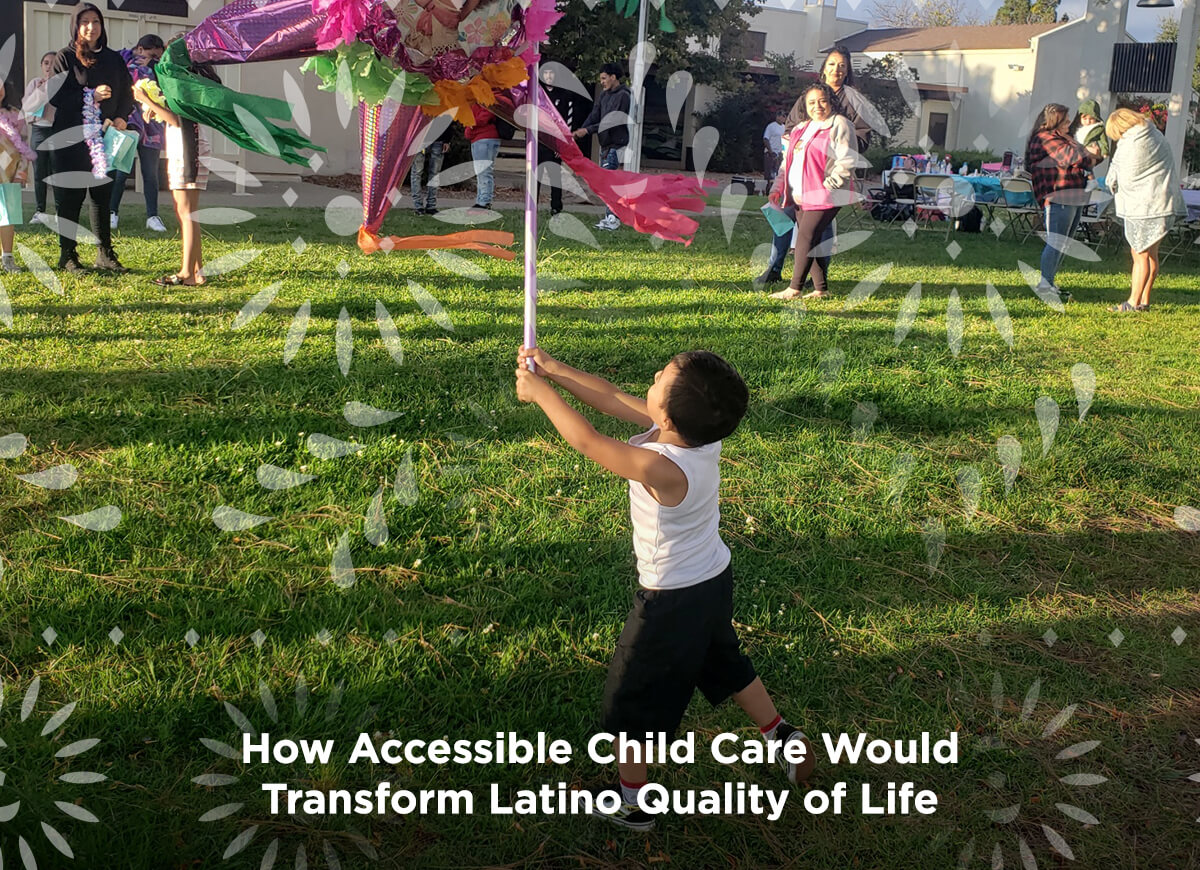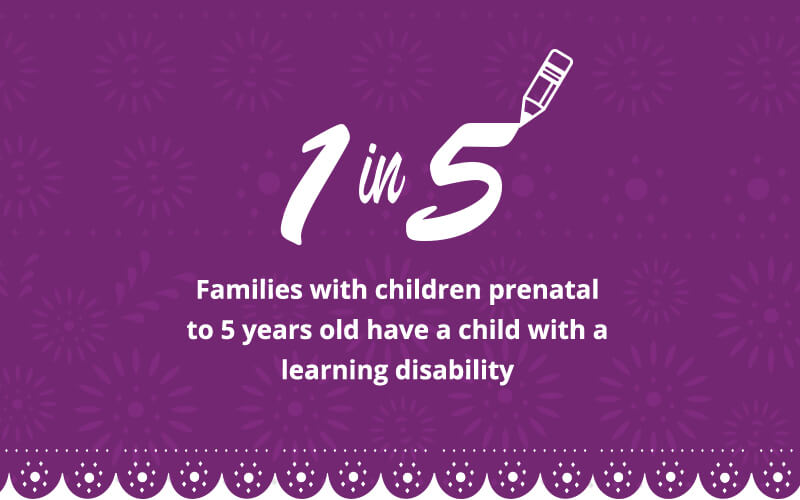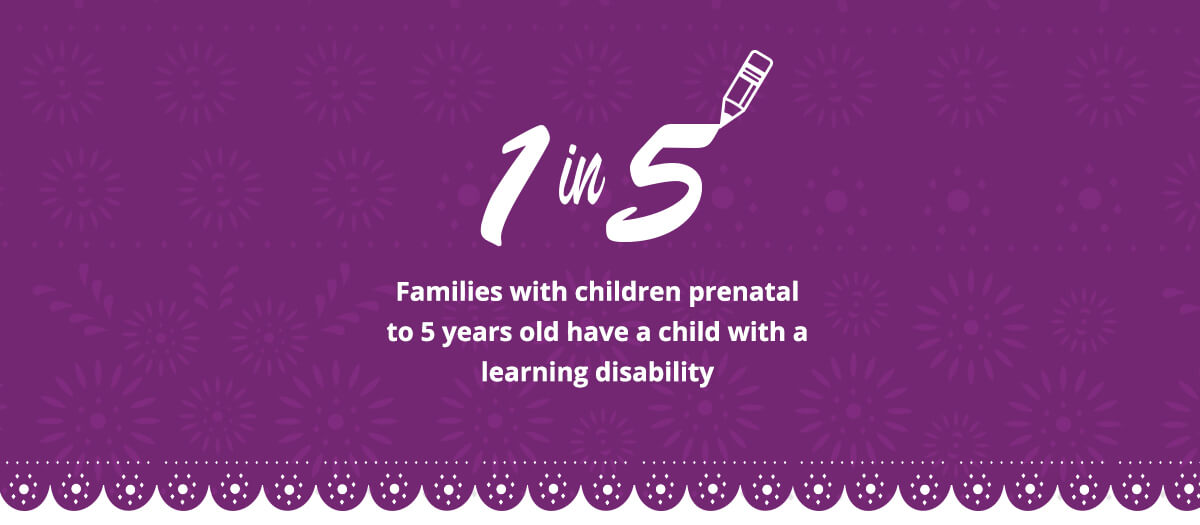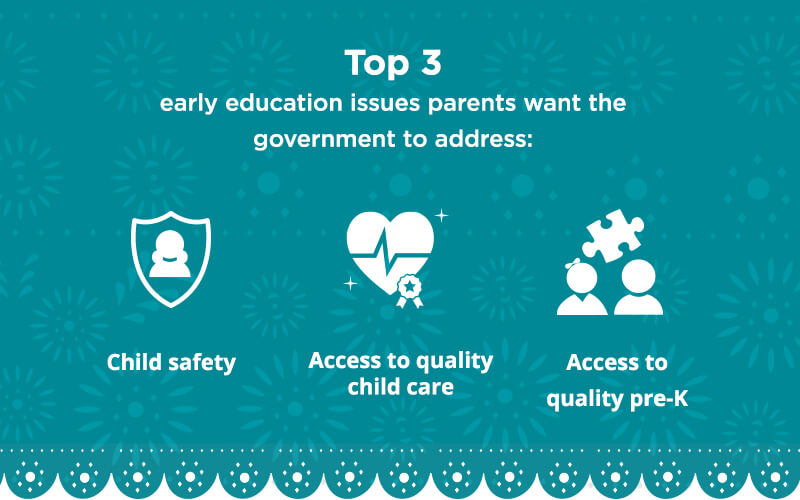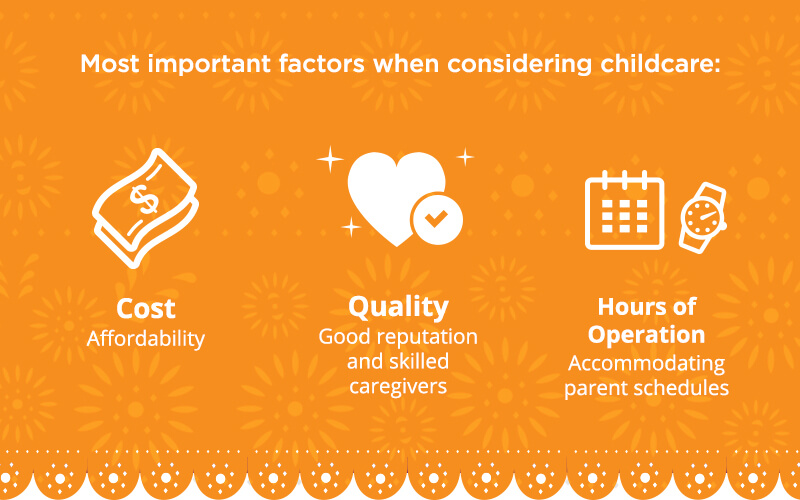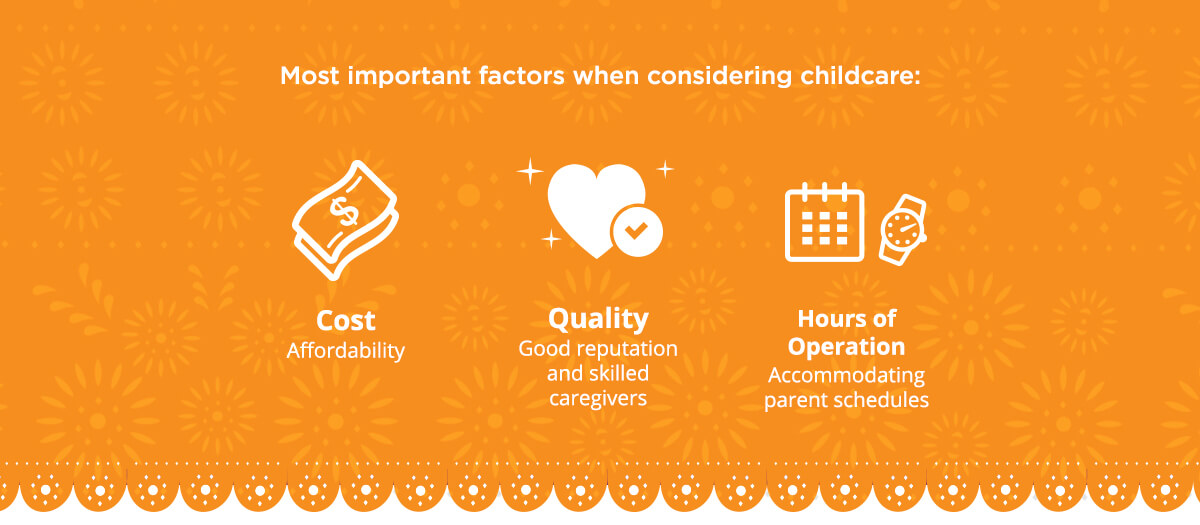Yolanda Garnica adopted her nephew, Andrew, when he was less than two years old.
She wanted to give him a loving home, and believed that with two stable incomes she and her husband would be able to afford child care that would provide for his special needs.
“Andrew was a little behind, and so it was really important that I would find somebody that wasn’t just going to sit him down and say, ‘Here, play with these toys.’ I wanted book time, nap time, a routine, you know?”
But Yolanda struggled to find affordable child care that would accommodate his individual needs. And at every turn she was locked out of child care assistance because she didn’t qualify.
“My husband owns his own business and I work for the county, so because child care [enrollment] is income based, we were above, and couldn’t get in.”
Additionally, Andrew needed speech therapy and mental health services, but because Yolanda had private insurance, she couldn’t get access to additional support for her son.
“Andrew struggles with a lot of different things because of his past. It's not his fault, but he was put in [some traumatic] situations as a child. We did everything we could, but he needed more. However, Andrew didn't qualify for therapy because he isn’t a MediCal recipient.”
Yolanda lives in Hayward, California, but the need for individual, quality and affordable child care is a nationwide problem. In the forthcoming 2022 National Latino Family Survey, a study of 1,300 parents and caregivers, found that one in five Latino families report their child has been diagnosed with a learning or developmental disability.
Impacts of Quality Early Education & Care
Studies show that participation in high-quality child care and early childhood education programs have longitudinal, multi-generational effects.
Children who attend high-quality early childhood education programs perform better academically (Brookings Institute, 2013), stay in school longer (National Bureau of Economic Research, 2021), have lower rates of depression (American Economic Journal, 2014), exhibit better physical health, and earn higher salaries (Journal of Human Resources, 2017).
Despite the well documented positive effects of early education programs, a report in 2021 by the U.S. Treasury found “the United States currently lags behind most developed countries in how we educate young children.”
Early childhood researchers have been ringing alarm bells for more than two decades. In the report From Neurons to Neighborhoods: The Science of Early Childhood Development, published in 2000, researchers urged, “The incapacity of many early childhood programs to address [sadness, grief, and trauma] and the severe shortage of early childhood professionals with mental health expertise are urgent problems.”
“Early environments matter and nurturing relationships are essential,” they wrote. “Virtually every aspect of early human development, from the brain’s evolving circuitry to the child’s capacity for empathy, is affected by the environments and experiences that are encountered.”
Yolanda is among the majority of Latino parents who are concerned about the quality of child care and early learning. The National Latino Family Survey found that the top three issues Latino parents want the government to address are: child safety, access to quality child care, and quality early learning opportunities.

Child Care in America
The child care system in America is experiencing crisis-level vacancies, turn-over, and skyrocketing cost. The system is overburdened by demand, yet unable to employ and retain qualified child care providers because of historically low wages.
Under these circumstances, finding qualified child care staff who can provide quality early learning, speech therapy, mental health services, or—at the very least—individual attention, is nearly impossible.
“I was looking for stability, communication, and a higher level of care. Quality child care is when they can look at your child as an individual and not as a group. It makes a big difference when a child is acknowledged,” said Yolanda.
“Getting a certificate doesn't make you a good care provider, right? That's just a piece of paper saying you attended the classes, you did what you had to do. It's compassion. It's building character,” she said.
The U.S. Department of Health and Human Services defines affordable child care as out-of-pocket costs of seven percent or less of total household income. However, according to the 2021 study, the average American spends 13 percent of their income on child care. That cost is especially untenable for young parents.
The report found “less than 20 percent of children eligible for one of the largest federal assistance programs for low-income families (the Child Care and Development Fund) actually receives funding.” And, often, the income ceiling turns away families like Yolanda’s with lower-middle class salaries, who can’t afford or find child care without assistance.
This gap in care for young children, especially those with developmental difficulties, is critical. Harvard researchers have found that 90 percent of a child’s brain development happens before age five.
“If we could have helped Andrew when he was younger, it could have made a big difference,” Yolanda said. “But we couldn’t because he didn’t qualify. It was a terrible thing.”
The Economy of Care
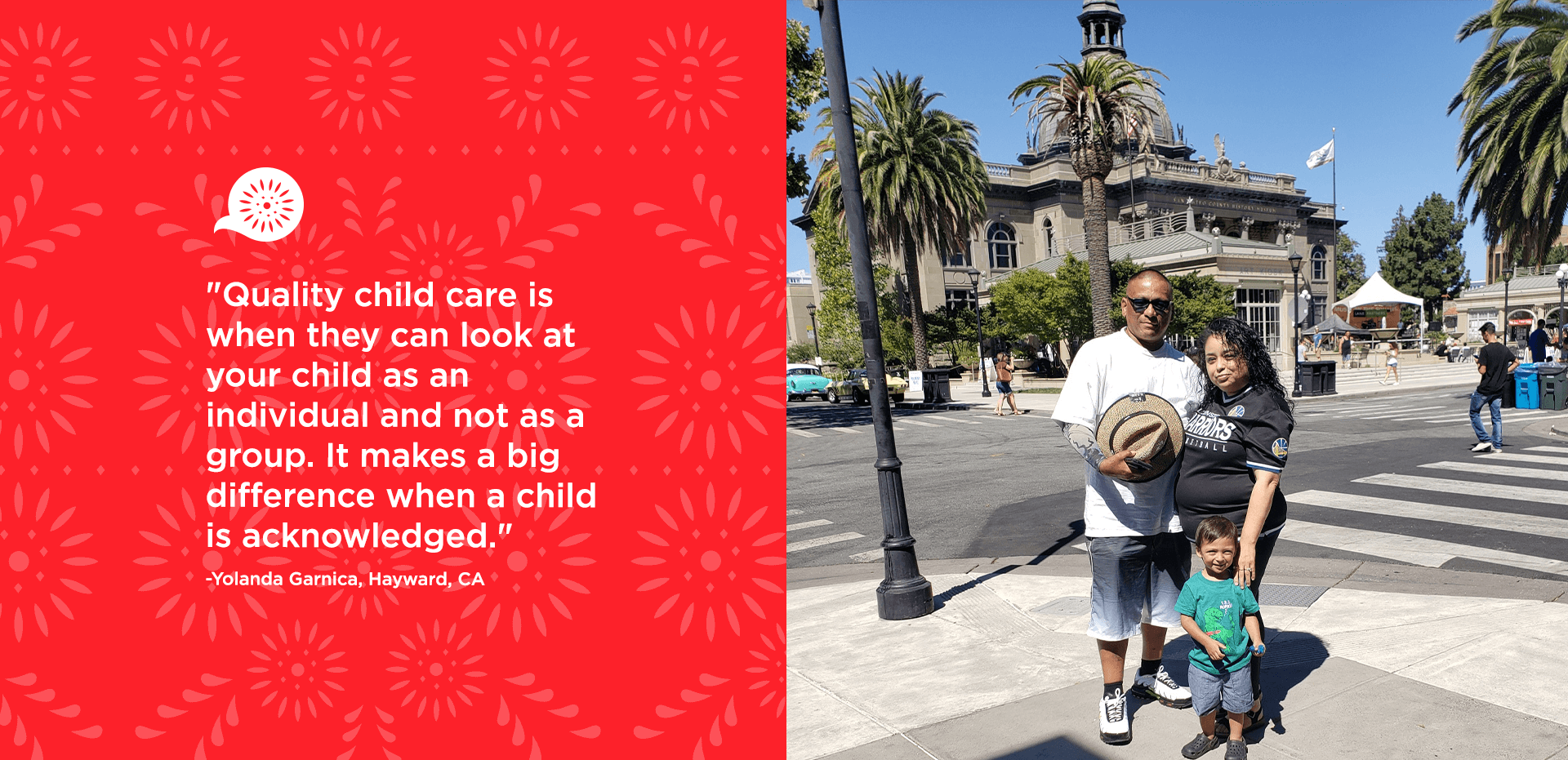
Although lawmakers continue to cut this much-needed funding, researchers consistently find affordable, high-quality child care has outsized economic returns. A study from the National Bureau of Economic Research calculated that a dollar invested in early childhood programs pays off more than nine times in terms of benefits to society. Benefits include higher academic achievement, higher earning potential, lower incarceration and crime rates, and improved health outcomes.
“I wish I could say something to lawmakers because it’s so personal,” said Yolanda. “Every child deserves a chance, Andrew should have been entitled to resources so he could get therapy to help him become a better student, a better person.”
Research suggests the multi-generational effects of affordable care would be an incredible economic engine for the country. If parents had more child care support, they could dedicate more time and money to higher education, training, mental health, and community involvement. And their children would grow up to enjoy better education outcomes, higher lifetime salaries, and overall a better quality of life.
Latino communities are a major contributor to the economy and electoral power. According to the 2022 UnidosUS analysis, Latinos are one of the fastest-growing populations in the country, increasing by 23 percent since 2010. This increase is due overwhelmingly to births, not immigration. Latinos are 30 percent more likely to own their own business than other Americans and now make up 13.1 percent of eligible voters.
U.S. Secretary of the Treasury, Janet Yellen, writes: “It’s past time that we treat child care as what it is—an element whose contribution to economic growth is as essential as infrastructure or energy.”


